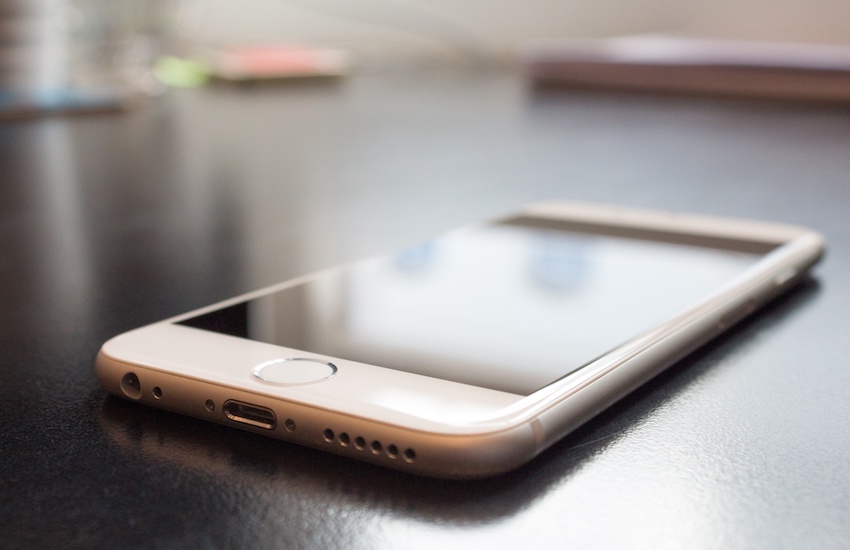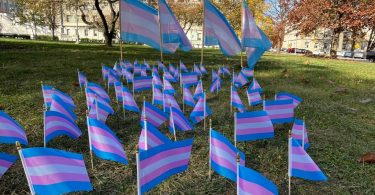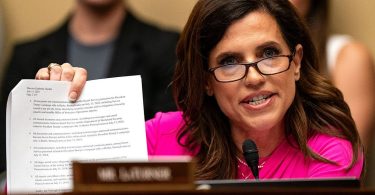Despite age restrictions, LGBTI teens are using hook-up apps like Grindr to find community
Last month, the Chicago Tribune reported on a study about LGBTI teens who use hook-up apps like Grindr. Though these apps are marketed to adults looking for sexual encounters, many teens are using them, despite the age restriction, to meet other LGBTI friends.
The study
The study, published in the Journal of Adolescent Health, gathered data from 200 sexually active gay and bisexual teen boys (ages 14-17) in the United States. It is the first known study of its kind.
The study found that about 50% of teens surveyed use apps like Grindr (21+) and Scruff (18+) to find new friends and boyfriends.
‘I was surprised we didn’t know this information when we started the study, but a lot of folks don’t do research on people under the age of 18, especially on LGBTQ teens under the age of 18, for a variety of reasons,’ said Dr. Kathryn Macapagal, author of the study.
‘But we found that teens in this study were super excited that somebody was paying attention with what was going on in their lives and how these apps played a role in their sexual development and coming-out process.’
According to Macapagal, teens are using these apps to garner a sense of LGBTI community where they feel they have none in real life.
‘Youth who use these apps are, many times, also looking for partners on Facebook, Instagram, Tindr, etc.,’ Macapagal said. ‘If you’re using something like Grindr, the likelihood of you having a sexual relationship with this person is higher. But we also found that although you might have had sexual relations with these folks, these folks might have turned into friends, they might have turned into boyfriends. So there is some evidence that youth are getting lots more out of these apps than just sexual relationships.’
Is this safe?
However, some people found these results ‘surprising and alarming.’
‘The fact that they’re on at all is definitely concerning,’ said Denise DeRosa, mother of three and cyber-safety consultant. ‘There should be some type of mechanism to prevent this. As much as we parents can do, we can’t do everything, so I think these apps have to take some of the responsibility for making sure that their environment is safe – that there’s some sort of functioning guardrail to keep anybody under 18 from using it.’
‘I don’t think anyone would argue that it’s bad that younger teens are using Grindr to meet friends,’ writes Zachary Zane for Pride.com. ‘However, it seems like teens view Grindr (and other gay apps that cater to sex) as one of their only mediums to access friends and be part of the gay community, which is disheartening.’
‘Without a doubt, teens are getting hit with a barrage of unsolicited ass and dick photos. They’re exposed to all of the femmephobic, sizeist, and racist crap that comes with the anonymity of sex apps. They’re being asked if they want to do meth (ParTy/Tina). Not to mention the legal implications of sending nudes while underage, or having sex with someone over the age of 18.’
More LGBTI Youth Centers, fewer apps
Zane argues that this study shows why more centers for LGBTI youth are needed.
‘While I’m aware I’m sounding like a helicopter mother right now, perhaps even patronizing, I can’t help but think there has to be healthier spaces for LGBT teens to explore their sexuality, make other gay friends, and feel like part of the queer community,’ Zane writes. ‘Ways that don’t use an online anonymous sex app.’
Other solutions
Research has shown that schools which have support groups (such as a Gay-Straight Alliance) were less likely to have LGBTI teens that struggle with bullying and depression. According to the CDC, schools can take the following actions to make their LGBTI students feel safe and welcome:
- Encourage respect for all students and prohibit bullying, harassment, and violence against all students.
- Identify “safe spaces”, such as counselors’ offices or designated classrooms, where LGB youth can receive support from administrators, teachers, or other school staff.
- Encourage student-led and student-organized school clubs that promote a safe, welcoming, and accepting school environment (e.g., gay-straight alliances or gender and sexuality alliances, which are school clubs open to youth of all sexual orientations and genders).
- Ensure that health curricula or educational materials include HIV, other STD, and pregnancy prevention information that is relevant to LGB youth (such as ensuring that curricula or materials use language and terminology.
- Provide trainings to school staff on how to create safe and supportive school environments for all students, regardless of sexual orientation or gender identity, and encourage staff to attend these trainings.
- Facilitate access to community-based providers who have experience providing health services, including HIV/STD testing and counseling, social, and psychological services to LGBTQ youth.
Considering the cases of homophobic assault brought on through apps like Grindr, not to mention all the problems Zane discusses, these apps are probably not the best place for LGBTI youth to explore their sexual identity. This is why there is a need for more programs that cater to LGBTI youth—especially in schools. While the internet, for the most part, can be a great resource, it can also be a scary and dangerous place to explore one’s sexuality.






